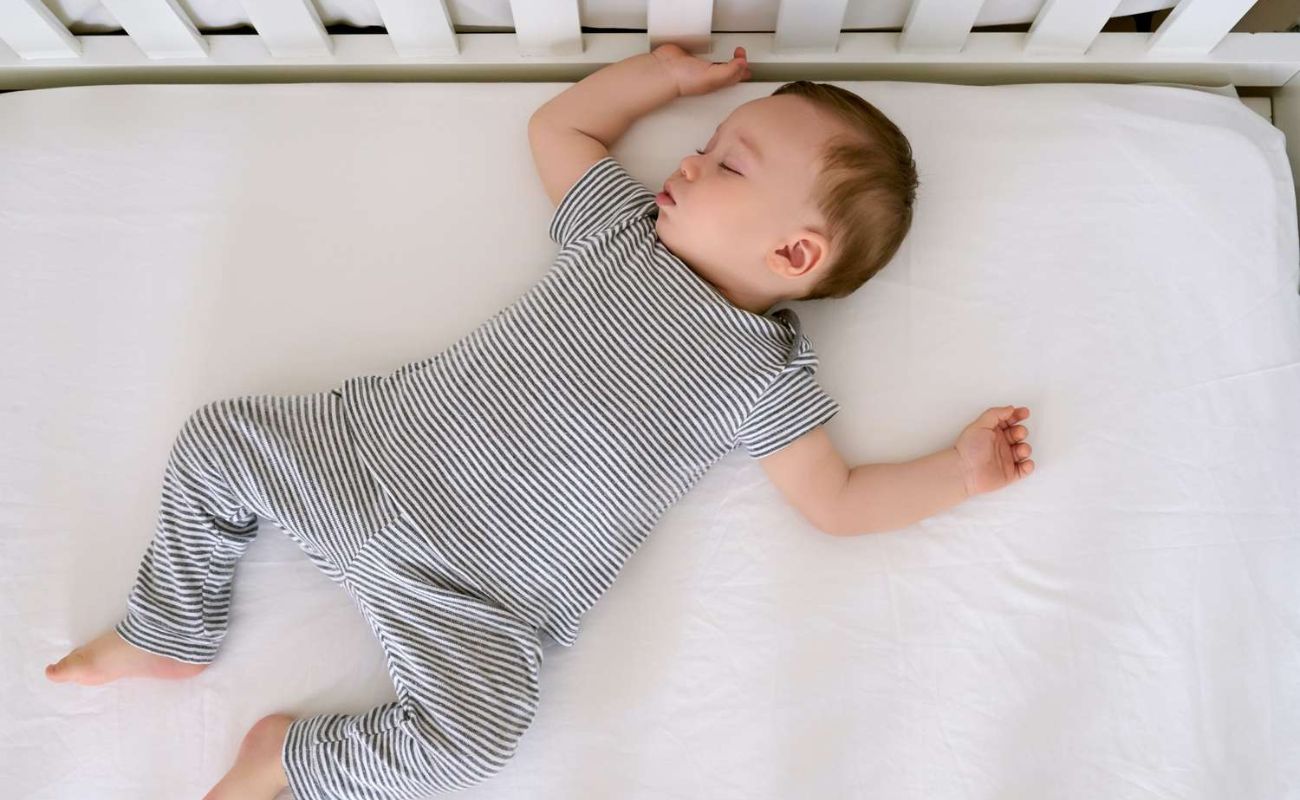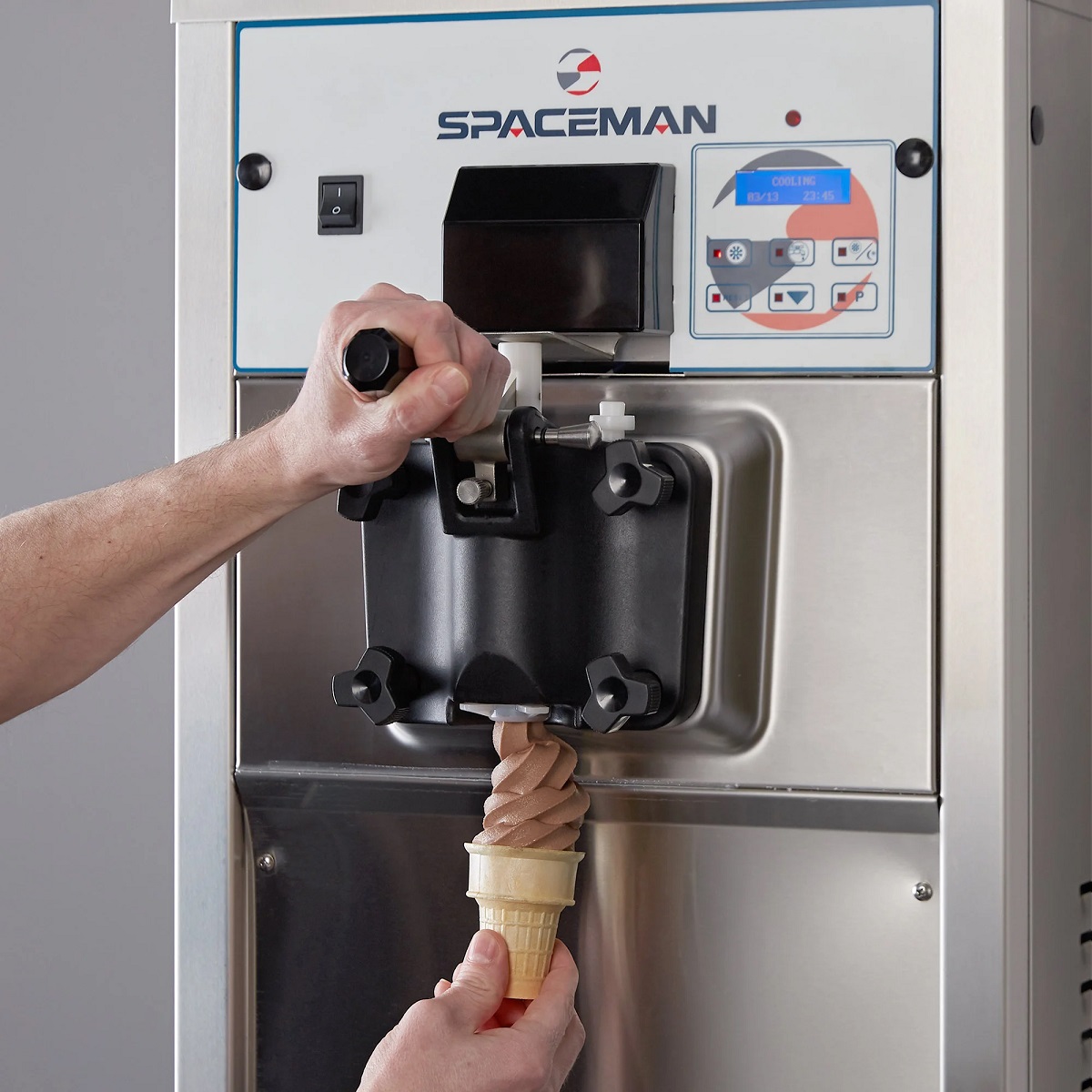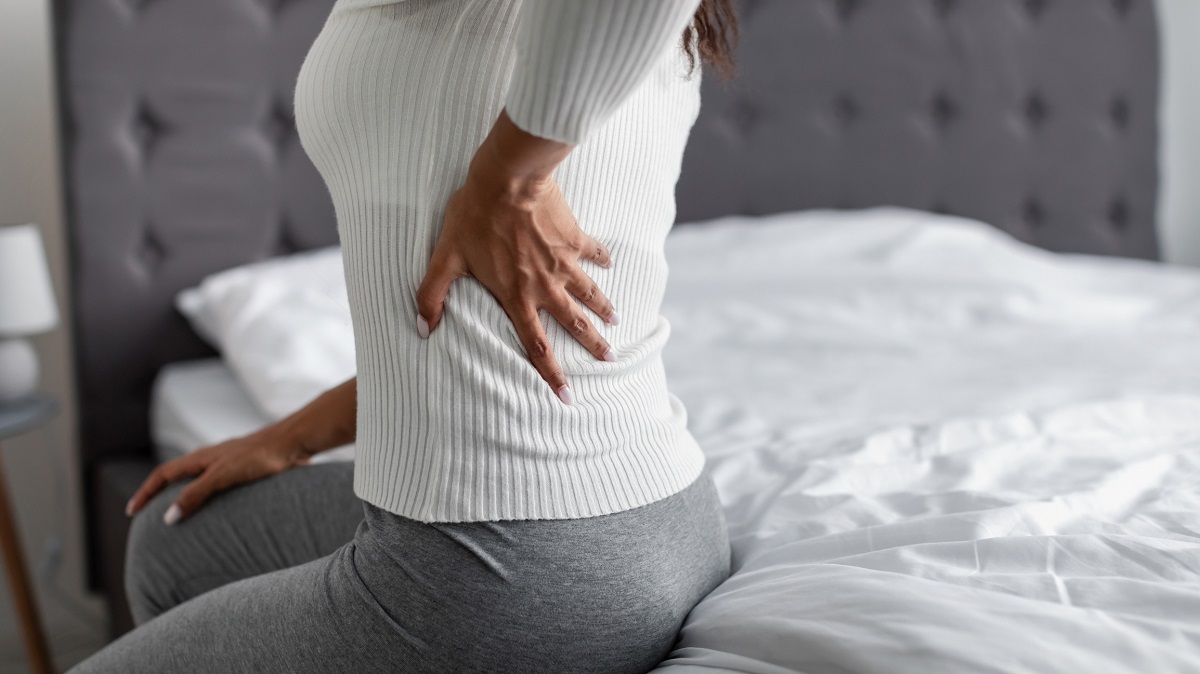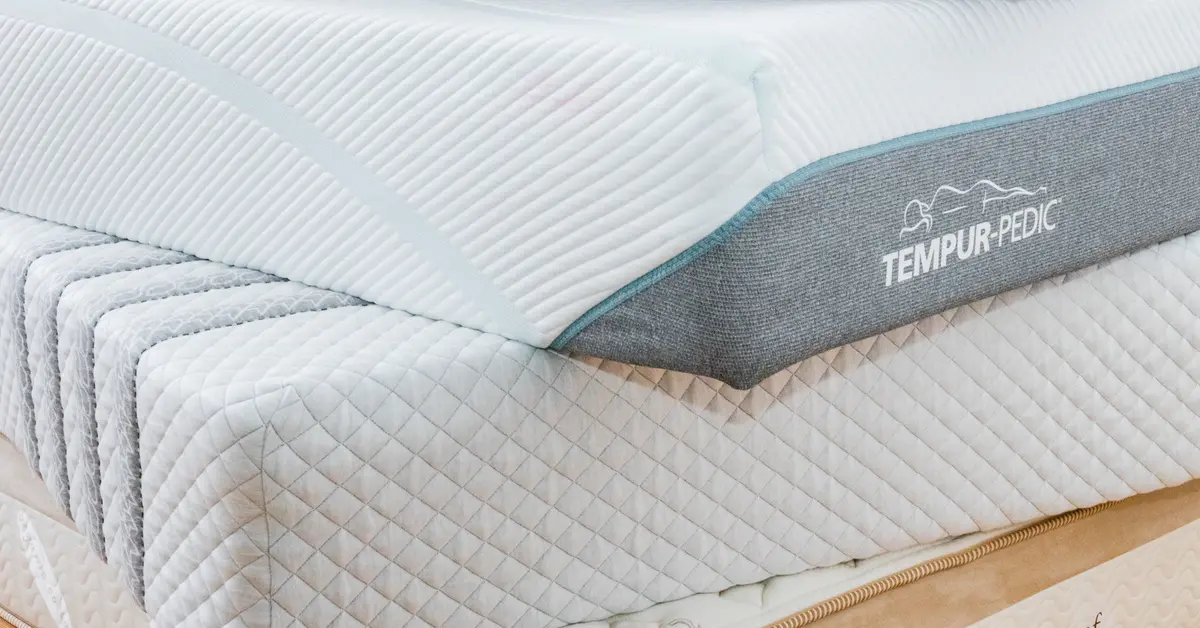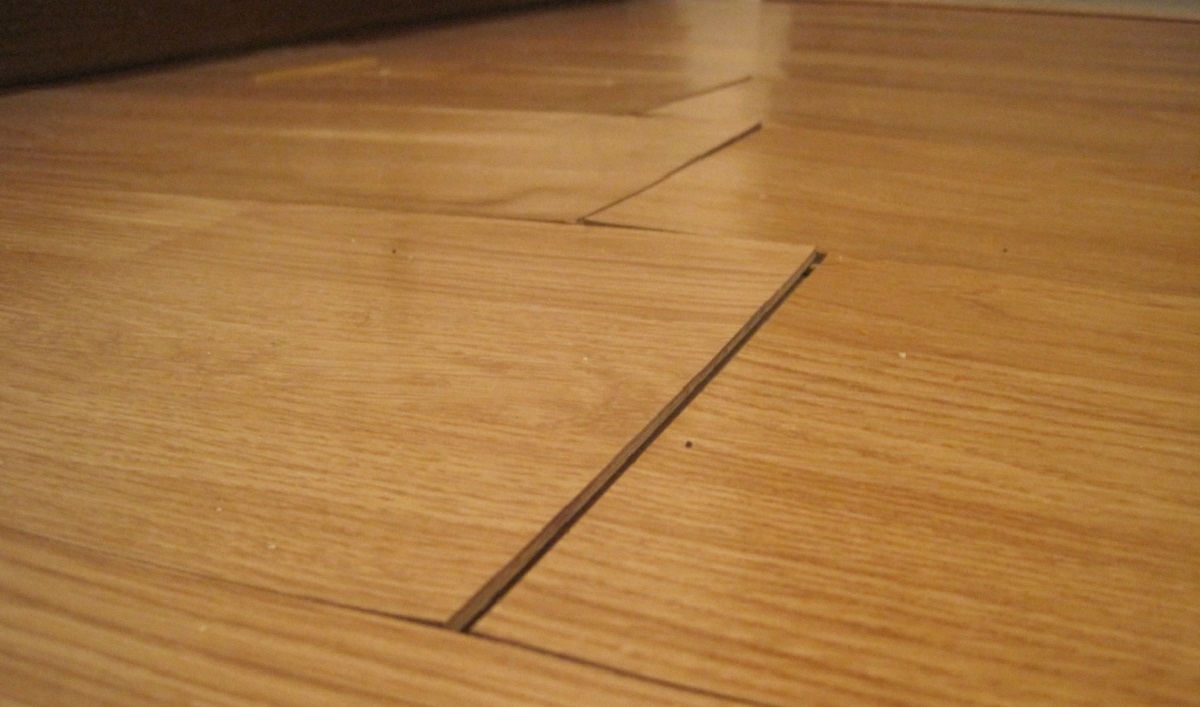Home>Furniture>Bedroom Furniture>How Does A Soft Mattress Cause Sids
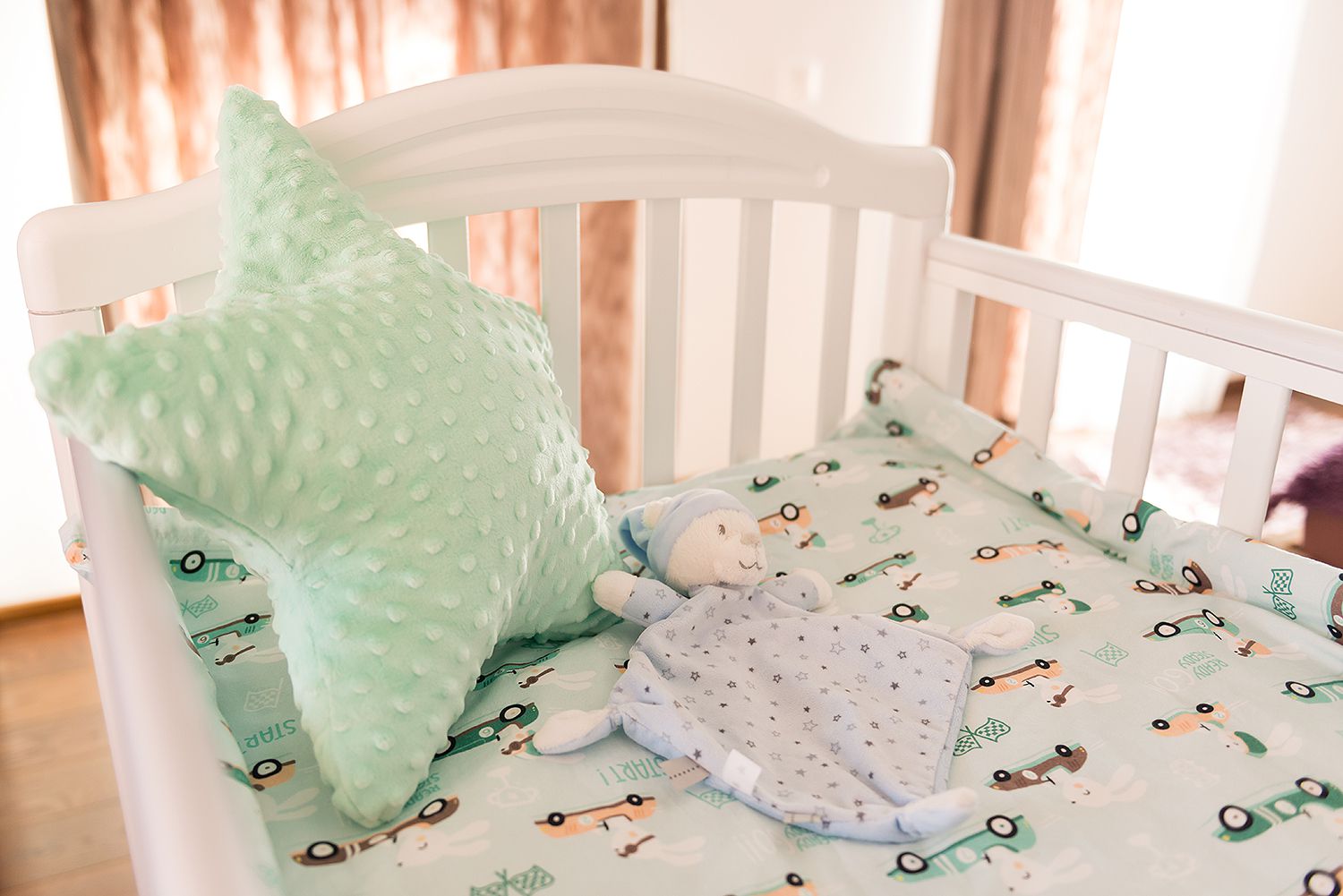

Bedroom Furniture
How Does A Soft Mattress Cause Sids
Modified: January 9, 2024
Discover the connection between SIDS and soft mattresses in this insightful article. Learn how bedroom furniture, specifically soft mattresses, can contribute to this tragic phenomenon.
(Many of the links in this article redirect to a specific reviewed product. Your purchase of these products through affiliate links helps to generate commission for Storables.com, at no extra cost. Learn more)
Introduction
Welcome to our comprehensive guide on how a soft mattress can potentially contribute to Sudden Infant Death Syndrome (SIDS). SIDS is a tragic and heartbreaking event that occurs suddenly and unexpectedly, claiming the lives of seemingly healthy infants. As parents and caregivers, it’s crucial to be aware of the potential risks associated with soft mattresses and take necessary precautions to ensure the safety and well-being of our little ones.
SIDS is a widely discussed topic within the medical community, as extensive research has been conducted to understand its causes and risk factors. While there is no definitive answer, studies have shown a possible link between soft mattresses and an increased risk of SIDS.
In this article, we will explore the connection between soft mattresses and SIDS, understanding how a soft sleeping surface may contribute to these tragic incidents. We will also discuss the potential risks associated with soft mattresses and provide recommendations on how to prevent these risks and create a safer sleep environment for infants.
Before we delve into the specifics, it’s important to note that this guide is not meant to cause unnecessary panic or alarm. Instead, it aims to inform and educate parents and caregivers about the potential dangers of soft mattresses so that they can make well-informed decisions when choosing a sleeping surface for their babies.
So, let’s proceed and gain a deeper understanding of SIDS and the role of soft mattresses in relation to this devastating phenomenon.
Key Takeaways:
- Soft mattresses can increase the risk of SIDS by obstructing infants’ airways, leading to suffocation. Choosing a firm mattress and following safe sleep guidelines are crucial for infant safety.
- Prioritizing a firm and supportive mattress is essential in reducing the risk of SIDS. Following prevention strategies and staying informed can create a safer sleep environment for infants.
Read more: What Is The Best Soft Mattress
Understanding Sudden Infant Death Syndrome (SIDS)
Sudden Infant Death Syndrome (SIDS) is a term used to describe the sudden and unexplained death of an otherwise healthy infant, usually during sleep. It is a devastating event that can occur in babies under the age of one, typically between the ages of one month and one year.
SIDS is not a specific disease or illness and cannot be definitively diagnosed. Instead, it is a diagnosis of exclusion, meaning that other potential causes of death must be ruled out before SIDS can be considered as the cause. Despite extensive research, the exact cause of SIDS remains unknown.
Some theories suggest that abnormalities in the brainstem, which controls essential functions such as breathing and arousal during sleep, may be a factor in SIDS. Other potential factors include respiratory infections, genetic predisposition, and environmental factors.
It is important to understand that SIDS is a rare occurrence. While it can happen to any baby, regardless of their health or socio-economic background, there are measures parents and caregivers can take to reduce the risk.
SIDS is a heartbreaking tragedy that has led to extensive research and public health initiatives aimed at reducing its occurrence. These efforts have led to the development of safe sleep guidelines to help create a safer sleep environment for infants, one of which includes avoiding the use of soft mattresses.
In the following sections, we will explore the possible link between soft mattresses and SIDS, and how a soft sleeping surface may contribute to these devastating incidents.
Soft Mattresses and SIDS
There has been growing evidence suggesting that soft mattresses may increase the risk of Sudden Infant Death Syndrome (SIDS). A soft mattress is one that lacks sufficient firmness, allowing the infant’s face to sink into the surface, potentially obstructing their airway. This can lead to suffocation, which is one of the possible mechanisms behind SIDS.
Infants are particularly vulnerable during sleep as they lack the ability to move or reposition themselves effectively. When placed on a soft mattress, their face may become pressed against the surface, making it difficult to breathe. This is especially concerning for younger infants who have less strength and neck control.
The risk of SIDS associated with soft mattresses is not only limited to traditional crib mattresses but also extends to other sleeping surfaces, such as adult beds or sofas, where the mattress may be overly soft. It’s crucial to ensure that the sleeping surface for infants is firm and provides proper support.
It’s worth mentioning that not all mattresses marketed as “soft” are unsafe for infants. Some mattresses combine cushioning layers with an underlying firm core to achieve a balance between comfort and support. However, it’s important to exercise caution and prioritize firmness when choosing a mattress for an infant.
How Soft Mattresses Contribute to SIDS
Soft mattresses can contribute to Sudden Infant Death Syndrome (SIDS) by posing various risks that increase the likelihood of suffocation and compromised breathing. Let’s explore a few ways in which soft mattresses can contribute to the occurrence of SIDS:
- Restricting Airflow: Soft mattresses lack the necessary firmness to provide optimal support to an infant’s body. As a result, a baby’s face can sink into the mattress, potentially causing an obstruction in the airway. This can lead to breathing difficulties or even suffocation.
- Heat Retention: Soft mattresses often retain heat more effectively, which can cause an infant to become overheated during sleep. Overheating has been identified as a potential risk factor for SIDS. Therefore, it is important to ensure that the mattress allows for proper airflow and helps maintain a comfortable temperature for the baby.
- Impact on Sleep Positioning: Soft mattresses may increase the likelihood of an infant assuming a dangerous sleep position. For example, a baby’s face may become buried in a soft surface, restricting their ability to breathe. It is crucial to ensure that the mattress supports safe sleeping positions, such as placing the baby to sleep on their back.
- Increased Risk of Rebreathing Exhaled Air: Soft mattresses can create an environment where the carbon dioxide exhaled by the baby can accumulate, leading to rebreathing. This can result in a decrease in oxygen levels and potentially contribute to SIDS. A firm mattress allows for better air circulation and reduces the likelihood of rebreathing.
It is important to note that the exact mechanisms of how soft mattresses contribute to SIDS are not fully understood. However, research and expert recommendations consistently emphasize the importance of a firm and supportive sleep surface for infants.
Next, we will explore some of the risks associated with using soft mattresses and the potential consequences for infant safety.
A soft mattress can increase the risk of SIDS by creating a suffocation hazard for infants. To reduce the risk, use a firm mattress and avoid soft bedding or pillows in the crib.
Risks Associated with Soft Mattresses
Using a soft mattress for an infant can increase the risks associated with Sudden Infant Death Syndrome (SIDS) and compromise the safety of the baby during sleep. Let’s examine some of the primary risks associated with soft mattresses:
- Suffocation: Soft mattresses pose a suffocation hazard as the infant’s face can sink into the mattress, potentially obstructing their airway. This can happen if the mattress lacks sufficient firmness to support the baby’s body properly.
- Overheating: Soft mattresses often retain heat more effectively than firmer surfaces. This can lead to overheating in infants, which has been identified as a risk factor for SIDS. Overheating can disrupt the baby’s breathing and increase the likelihood of sleep disturbances and related complications.
- Unsafe Sleep Positions: Soft mattresses can contribute to hazardous sleep positions for infants. The cushioning and lack of firmness may cause the baby’s face to become buried in the surface, hindering their ability to breathe properly. It is essential to prioritize safe sleep positions, such as placing the baby on their back, to reduce the risks associated with soft mattresses.
- Rebreathing of Exhaled Air: Soft mattresses can create an environment where the baby may rebreathe exhaled air, leading to a decrease in oxygen levels and potentially increasing the risk of SIDS. A firm mattress allows for better air circulation, reducing the chances of rebreathing.
- Misalignment of Spine: Soft mattresses may not provide adequate support for an infant’s developing spine. The lack of firmness can contribute to misalignment, potentially leading to discomfort and related issues. It is crucial to prioritize a firm and supportive mattress to provide proper spinal support for the baby.
These risks underline the significance of choosing an appropriate mattress for infants that adheres to safety guidelines. By opting for a firm and supportive sleep surface, parents and caregivers can significantly reduce the potential dangers associated with SIDS and create a safer sleeping environment for their little ones.
Read more: How To Tell If A Mattress Is Too Soft
Prevention and Recommendations
Preventing Sudden Infant Death Syndrome (SIDS) and reducing the risks associated with soft mattresses requires a combination of safe sleep practices and informed decision-making. Here are some prevention strategies and recommendations to create a safer sleep environment for infants:
- Choose a firm mattress: When selecting a mattress for your baby’s crib or sleeping area, opt for one that is firm and supportive. Avoid mattresses that are excessively soft, as they increase the risk of suffocation and compromised breathing.
- Follow safe sleep guidelines: Place your baby on their back to sleep and avoid using soft bedding materials such as pillows, blankets, or crib bumpers. These items can pose suffocation hazards. Instead, choose a well-fitted crib sheet and dress your baby in appropriate sleepwear to keep them warm.
- Ensure proper crib assembly: Make sure your baby’s crib meets safety standards and has the correct mattress size. The mattress should fit snugly within the crib, leaving no gaps that could potentially trap your baby.
- Monitor the sleeping environment: Regularly check your baby’s sleep environment to ensure there are no loose or soft objects nearby that could pose suffocation hazards. Keep stuffed animals, pillows, and other soft items out of the crib.
- Maintain a comfortable room temperature: It’s important to keep the room at a temperature that is comfortable for your baby without the risk of overheating. Dress your baby in appropriate sleepwear and consider using a sleep sack or wearable blanket instead of loose blankets.
- Promote breastfeeding: Breastfeeding has been associated with a reduced risk of SIDS. If possible, aim to breastfeed your baby, as it offers numerous health benefits and can contribute to a lower risk of SIDS.
- Create a smoke-free environment: Exposure to secondhand smoke is a known risk factor for SIDS. It’s important to keep your home and car smoke-free to protect your baby from the harmful effects of tobacco smoke.
- Stay updated on current guidelines: Keep yourself informed about the latest safe sleep guidelines and recommendations from trusted sources such as the American Academy of Pediatrics (AAP). These guidelines may evolve over time as new research and evidence emerge.
By implementing these prevention strategies and adhering to safe sleep practices, you can significantly reduce the risk of SIDS and ensure a safer sleeping environment for your precious baby.
Conclusion
Understanding the potential risks associated with soft mattresses is crucial for parents and caregivers in creating a safe sleep environment for infants. While the exact cause of Sudden Infant Death Syndrome (SIDS) remains unknown, research suggests a possible link between soft mattresses and an increased risk of suffocation and compromised breathing.
When it comes to preventing SIDS, prioritizing a firm and supportive mattress is essential. A soft mattress lacks the necessary firmness to provide optimal support for an infant’s body, increasing the likelihood of airway obstruction and potential suffocation. Creating a safe sleep environment involves following safe sleep guidelines, such as placing the baby on their back to sleep, avoiding soft bedding materials, monitoring the sleeping environment, and maintaining a comfortable room temperature.
It’s important to note that not all mattresses marketed as “soft” are necessarily unsafe. Some mattresses strike a balance between comfort and firmness, aiming to provide adequate support while still offering cushioning layers. However, caution must be exercised in choosing a mattress for infants, prioritizing firmness and infant safety.
By following recommended prevention strategies, such as choosing a firm mattress, following safe sleep guidelines, and staying informed about current recommendations, parents and caregivers can significantly reduce the risk of SIDS. It is crucial to continue promoting safe sleep practices and spreading awareness about the potential dangers of soft mattresses to ensure the well-being and safety of our little ones.
Remember, creating a safe sleep environment is an ongoing commitment that requires vigilance and adherence to best practices. By prioritizing firmness and implementing safe sleep guidelines, we can minimize the risks associated with soft mattresses and provide a secure sleeping space where our infants can thrive.
Frequently Asked Questions about How Does A Soft Mattress Cause Sids
Was this page helpful?
At Storables.com, we guarantee accurate and reliable information. Our content, validated by Expert Board Contributors, is crafted following stringent Editorial Policies. We're committed to providing you with well-researched, expert-backed insights for all your informational needs.

